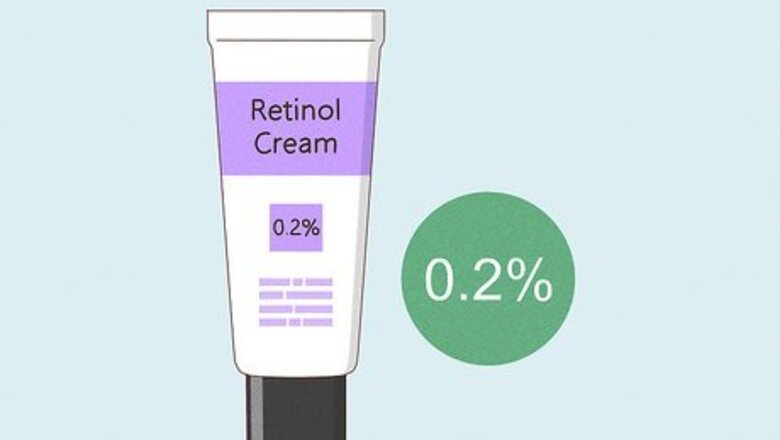
views
- Apply retinol cream at night before you go to bed so it has the most time to absorb into your skin.
- Wash your face with gentle face wash and warm water. Let your skin dry for 30 minutes to prevent irritation from the retinol.
- Rub a pea-sized amount of retinol cream into clean, dry skin. Work the retinol in using gentle upward and outward strokes.
- Use retinol every 2–3 days, and increase the frequency if you don’t have redness or irritation. Wear SPF 30 sunscreen to keep your skin protected after using it.
Application
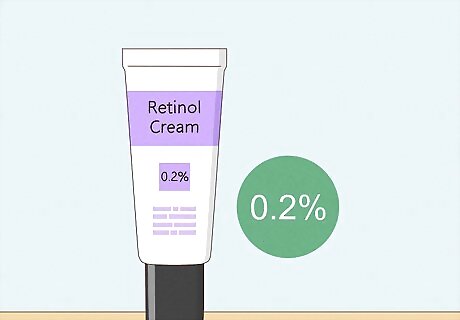
Get 0.2% retinol cream to start at a low concentration. Retinol is pretty powerful, but higher concentrations can dry out your skin if you’re not used to it. Choose a retinol cream with the lowest concentration the first time you add it to your skincare routine so you’re less likely to cause unwanted irritation. As your skin gets used to using retinol, you can try a higher concentration instead. Retinol creams are also available at prescription strength, but only use them if your dermatologist recommends them since they can cause more irritation.
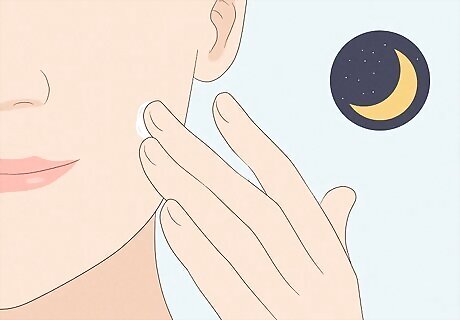
Apply retinol at night. Sunlight makes vitamin A in retinol less effective, so applying it before you go to bed helps you get the full effects of the cream. Since you don’t have to wash the retinol off after you put it on, you can let it absorb into your skin overnight while you’re sleeping. Develop a regular skincare routine at night so you don’t forget to apply retinol.
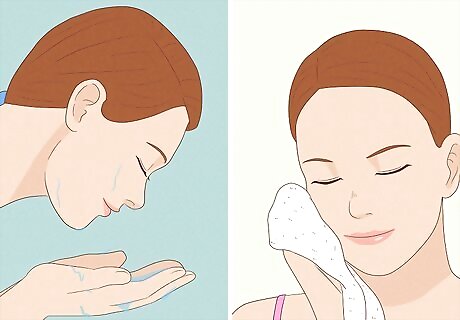
Wash your face and wait 30 minutes for your skin to dry. Use a gentle facial soap and warm water to get rid of any dirt and oil so you have a clean face. Pat your face dry with a towel, and then let your skin completely air-dry. Avoid using retinol when you have wet skin since it could cause more skin irritation. Treat under-eye wrinkles with eye cream instead since your skin there is more sensitive and retinol may irritate it.
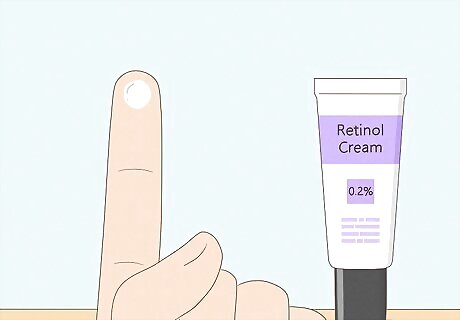
Rub a pea-sized amount of retinol into your skin. Squeeze the retinol out onto your fingertip and dab it lightly over your forehead, cheeks, nose, and chin. After that, start working the retinol cream into your skin. Keep the cream away from te corners of your eyes and the corners of your mouth since it could build up and cause more irritation there. Avoid using more retinol than you need to since you could make your skin feel irritated and red. You do not need to wash retinol off after you apply it.
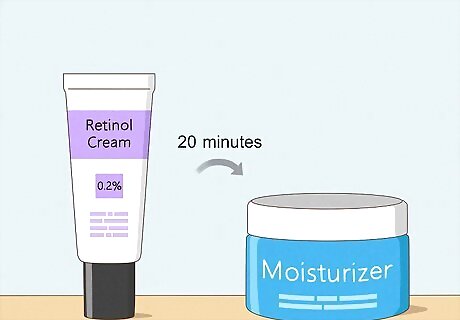
Follow up with a moisturizer after about 20 minutes. As soon as the retinol absorbs into your skin, take a fingertip-sized amount of moisturizer and rub it into your skin. Since vitamin A makes your skin feel dry, moisturizer will help keep it protected and hydrated while the retinol works its magic.

Use retinol every 2 or 3 days when you first add it to your routine. As the retinol absorbs into your skin, it helps promote collagen growth and cell turnover, so it can cause a little bit of peeling. Give yourself a few days to see how your skin reacts to the retinol, and wait until you don’t have any redness or irritation before you use it again. If you have sensitive skin, wait a full week before you use retinol products again.
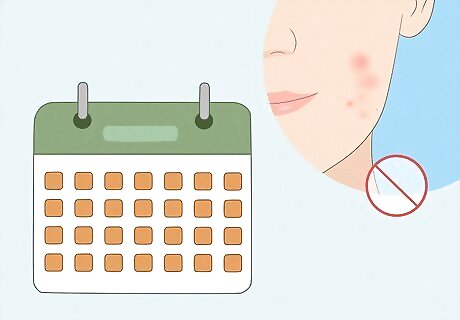
Work up to daily use over the next few weeks. As your skin gets used to retinol, you won’t notice as much irritation or flaking on your skin. Rather than waiting every few days, try using retinol every other day and check how your skin reacts. If there are still no signs of irritation, you’re safe to use retinol every night. It may take a few weeks or months for noticeable results from retinol. Just stay persistent and continue using it if it’s not causing any irritation. As long as you keep using retinol correctly, you can control acne and minimize your pores. Continue using retinol even after you get rid of acne to help new breakouts from coming in.
Managing Side Effects
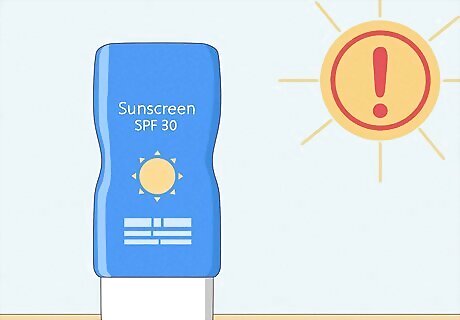
Protect your skin from the sun during the day. Retinol makes your skin more sensitive to ultraviolet rays from the sun, so you’ll get sunburn a lot faster when you’re outside. Since you don’t want to damage your skin as new cells turn over, stay in the shade, apply SPF 30 sunscreen, wear long clothes, or put on a big, wide-brimmed hat to prevent sunburn. If you have sensitive skin, use a sunscreen that has titanium dioxide or zinc oxide for even more protection. Even if you aren’t going outside, apply [lotion with added SPF] to keep your skin protected from future dark spots and sun damage.

Cut back on using retinol if you have red or irritated skin. It’s completely normal for retinol to make your skin red and flake for the first couple of days as new skin cells come in. However, too much retinol can dry out your skin and make it feel raw to the touch. If you started using retinol more frequently, then reduce how often you use it during the week until your skin heals. If you’re still getting irritation, then you may need to use a lower concentration. If you’re already using the lowest-concentration retinol you can find and you’re still getting irritation, stop using it as part of your skincare routine and contact a doctor or dermatologist to find alternative solutions. EXPERT TIP Bailey Cho Bailey Cho wikiHow Staff Writer Bailey Cho is an Editing Fellow at wikiHow, based in Dallas, TX. She has over 2 years of editorial experience, with work published in student journals and lifestyle publications. Bailey graduated from the University of Texas at Austin with a B.A. in Advertising and a Minor in Business. Bailey Cho Bailey Cho wikiHow Staff Writer "If you have sensitive skin, use the "retinol sandwich" method to minimize dryness and irritation. After cleansing, apply a layer of moisturizer onto damp skin and let it dry completely, apply your retinol, then finish off with a second layer of moisturizer. "
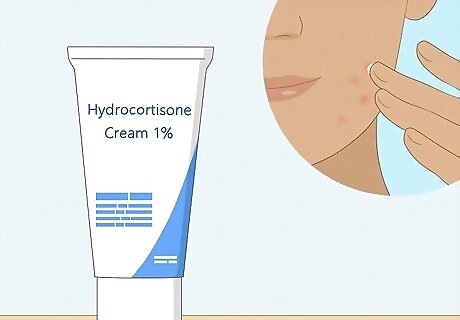
Try applying 1% hydrocortisone over irritated skin for instant relief. Take a bead-sized amount of hydrocortisone cream and gently rub it into your skin. Use the hydrocortisone twice a day to help treat any itchy or red skin caused by the retinol. Stop using hydrocortisone as soon as your skin heals since using it continuously can cause your skin to get thinner.
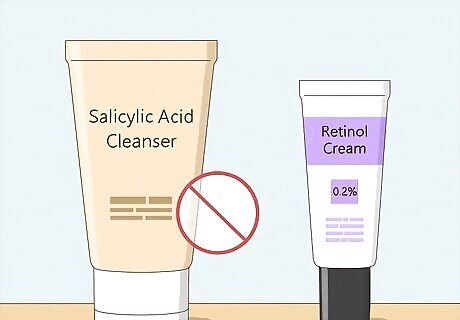
Avoid using retinol with other acids or exfoliants to prevent redness. Stay away from using alpha or beta hydroxy acids, as well as salicylic and glycolic acids, as part of your skincare routine if you’re using retinol. Since retinol is already pretty powerful, exfoliating products like vitamin C, benzoyl peroxide, and scrubs will only make your skin more red or irritated before it has a chance to heal. Avoid using retinol when you do a chemical peel since it will dry out your skin as it tries to heal.

















Comments
0 comment